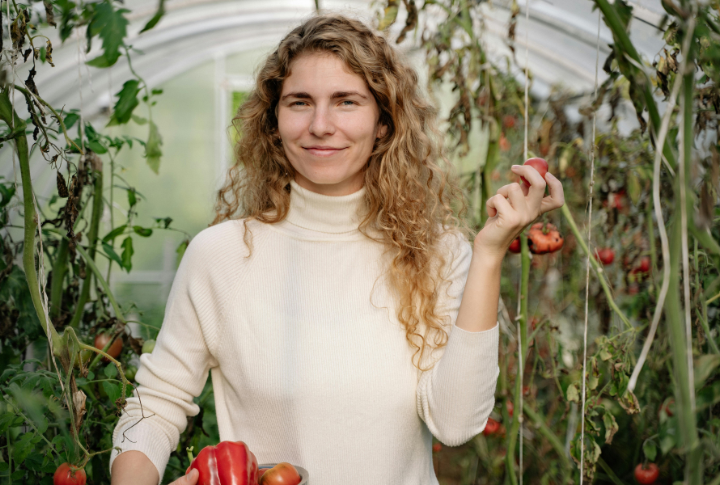
More gardeners are turning to greenhouses for one simple reason: they work. Industry reports indicate a significant increase in residential greenhouse purchases, driven by growing interest in sustainable and locally produced food. If you’re wondering whether the switch is right for you, here are 10 undeniable reasons to get started now.
Extended Growing Season
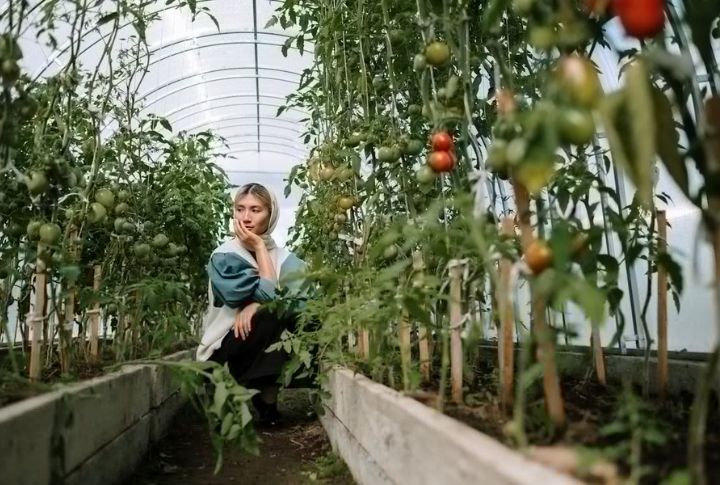
With a greenhouse, plants thrive beyond their natural outdoor growing periods. Even cold-sensitive crops like tomatoes and cucumbers can be grown through fall and winter. The enclosed space shields against frost, wind, and temperature drops. In USDA zones 5 to 7, greenhouses can add up to 12 extra weeks to your season.
Consistent Climate Control
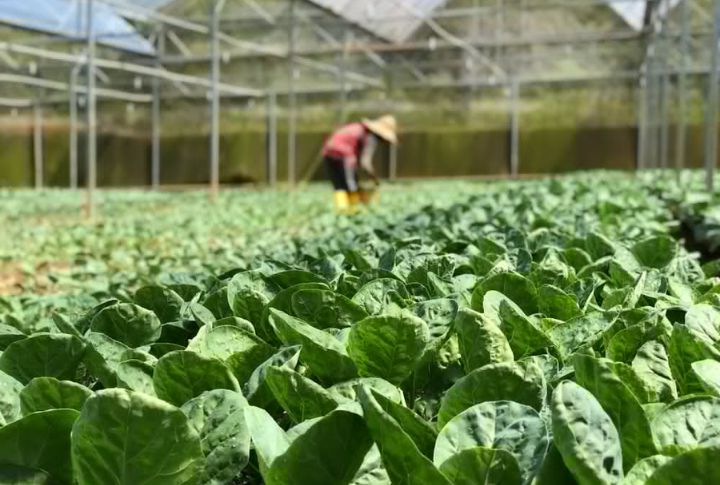
Unlike open-air gardens, greenhouses maintain a steady climate. Heating systems and insulation let you regulate temperature and humidity precisely. This consistency encourages faster plant growth and reduces stress-related crop loss. For example, lettuce and spinach flourish at 60–70°F, a range easily maintained in a small home greenhouse.
Increased Pest And Disease Management
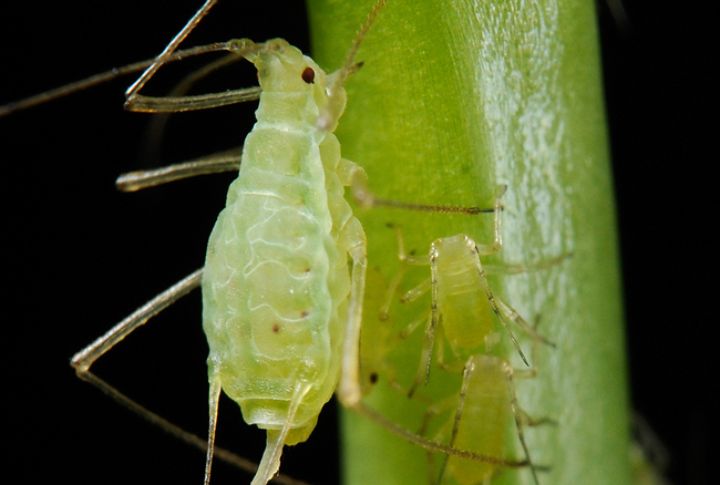
Barriers provided by greenhouse walls deter common pests like aphids and whiteflies. Fewer pests mean reduced reliance on chemical pesticides. Also, humidity control limits fungal diseases such as powdery mildew. Several greenhouse growers have also reported far fewer infestations than open gardens.
Efficient Water Use
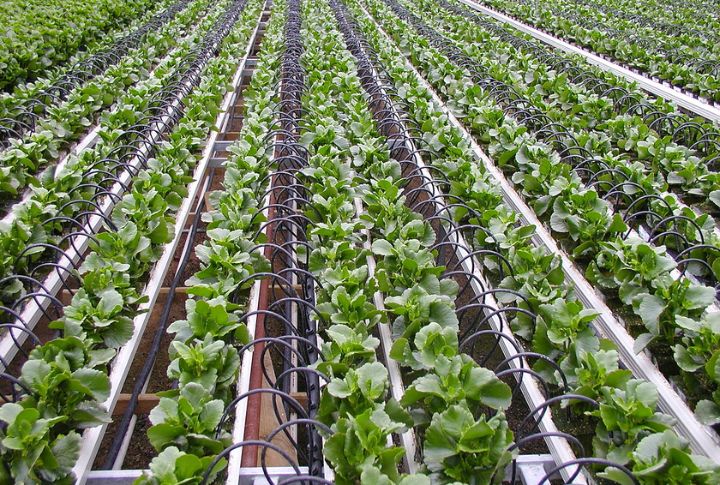
Greenhouses conserve water through drip irrigation systems and lower evaporation rates. Unlike traditional gardens, moisture remains longer in the soil, reducing watering frequency. Installing rainwater collection systems further boosts sustainability. Compared to outdoor gardening, a typical 10×12 greenhouse can cut water use by 30–40% annually.
Year-Round Crop Production
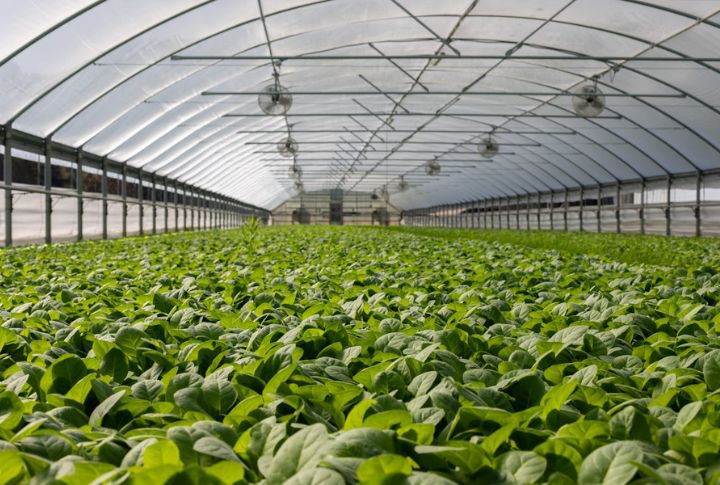
Growers can produce food even in winter with supplemental lighting and heat. Leafy greens, herbs, and root vegetables continue to grow in colder months, reducing dependency on store-bought produce and lowering grocery bills. In northern U.S. states, spinach and kale yield well into January under proper greenhouse conditions.
Protection From Harsh Weather
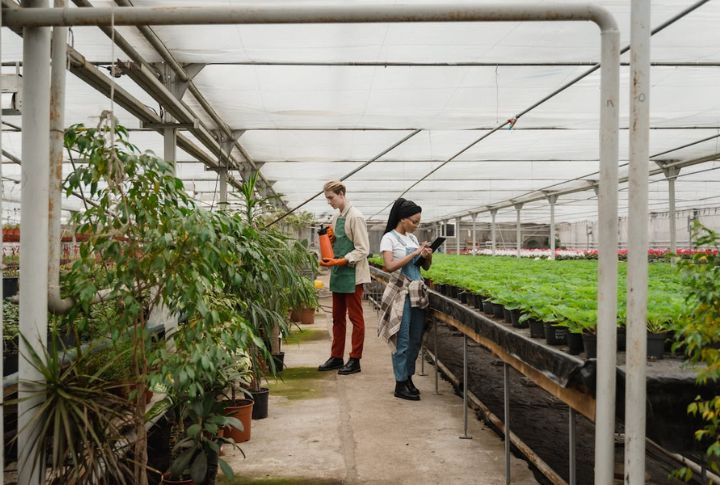
Extreme weather—hail, heavy rain, wind, and unseasonal frost—can devastate outdoor crops. However, a greenhouse offers a protective shell that protects delicate plants from sudden climate shifts. Greenhouses can significantly reduce crop loss in areas prone to spring hailstorms, with some estimates indicating reductions of over 70%.
Higher Crop Yields
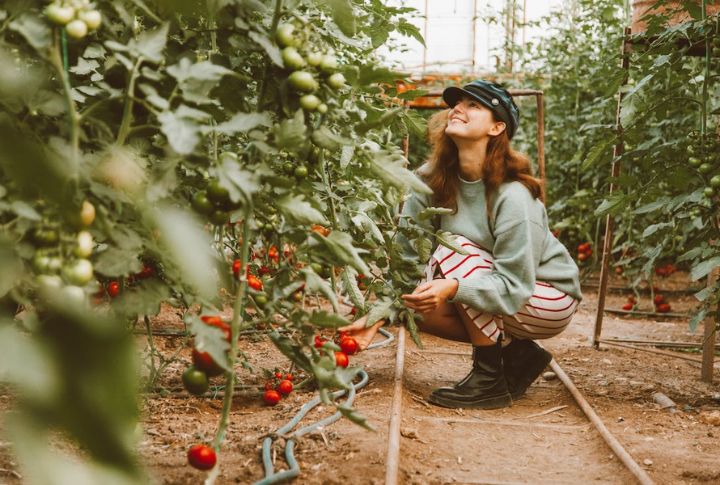
The controlled environment of a greenhouse accelerates growth cycles and often leads to more frequent harvests. CO₂ enrichment and optimized light conditions further boost yields. It has been observed that greenhouse tomatoes can produce 6–10 times more per square foot than those grown outdoors under similar conditions.
Greater Plant Variety

With a greenhouse, you’re no longer limited by your climate zone. For example, gardeners in Minnesota can successfully grow dwarf banana plants indoors with supplemental heat and humidity. Tropical and exotic plants, like orchids, citrus trees, and hibiscus, also flourish in the stable conditions a greenhouse provides.
Seed Starting And Propagation
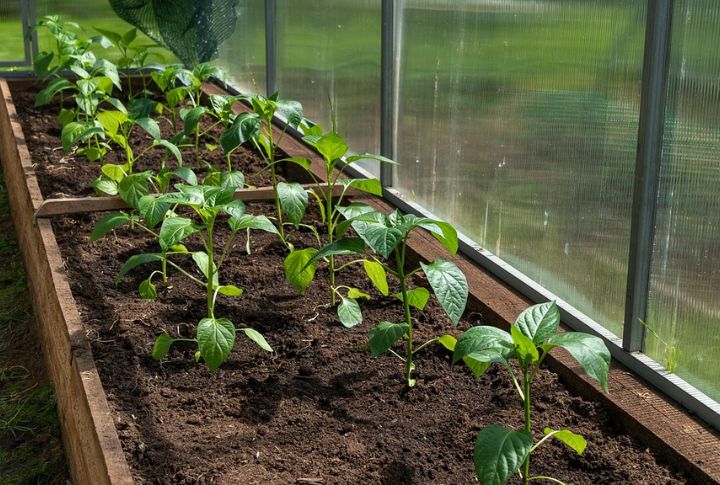
Greenhouses are ideal for starting seeds early and propagating cuttings. Uniform warmth encourages strong germination and healthy root development. Gardeners can start tomato and pepper seeds up to 8 weeks before the last frost, ensuring a head start on the growing season.
Cost Savings Over Time
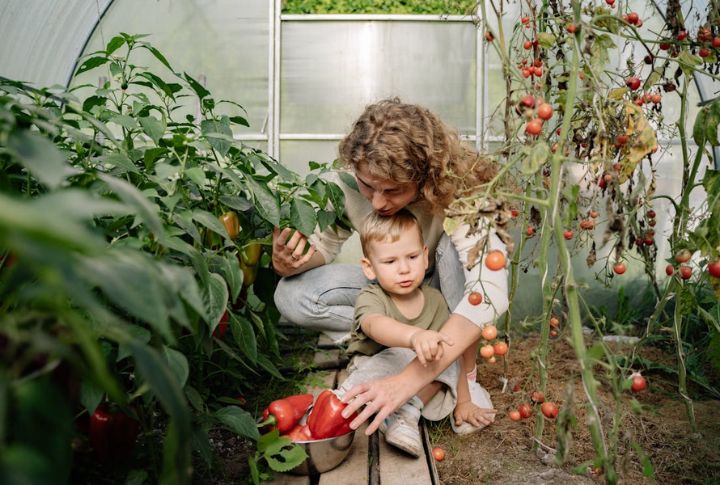
Although a greenhouse setup can be an investment, it pays off in the long run. Homegrown vegetables reduce grocery expenses, and fewer pest problems lower the need for pesticides. A 2023 research by the National Gardening Association found that greenhouse gardeners saved an average of $600 annually on produce.

